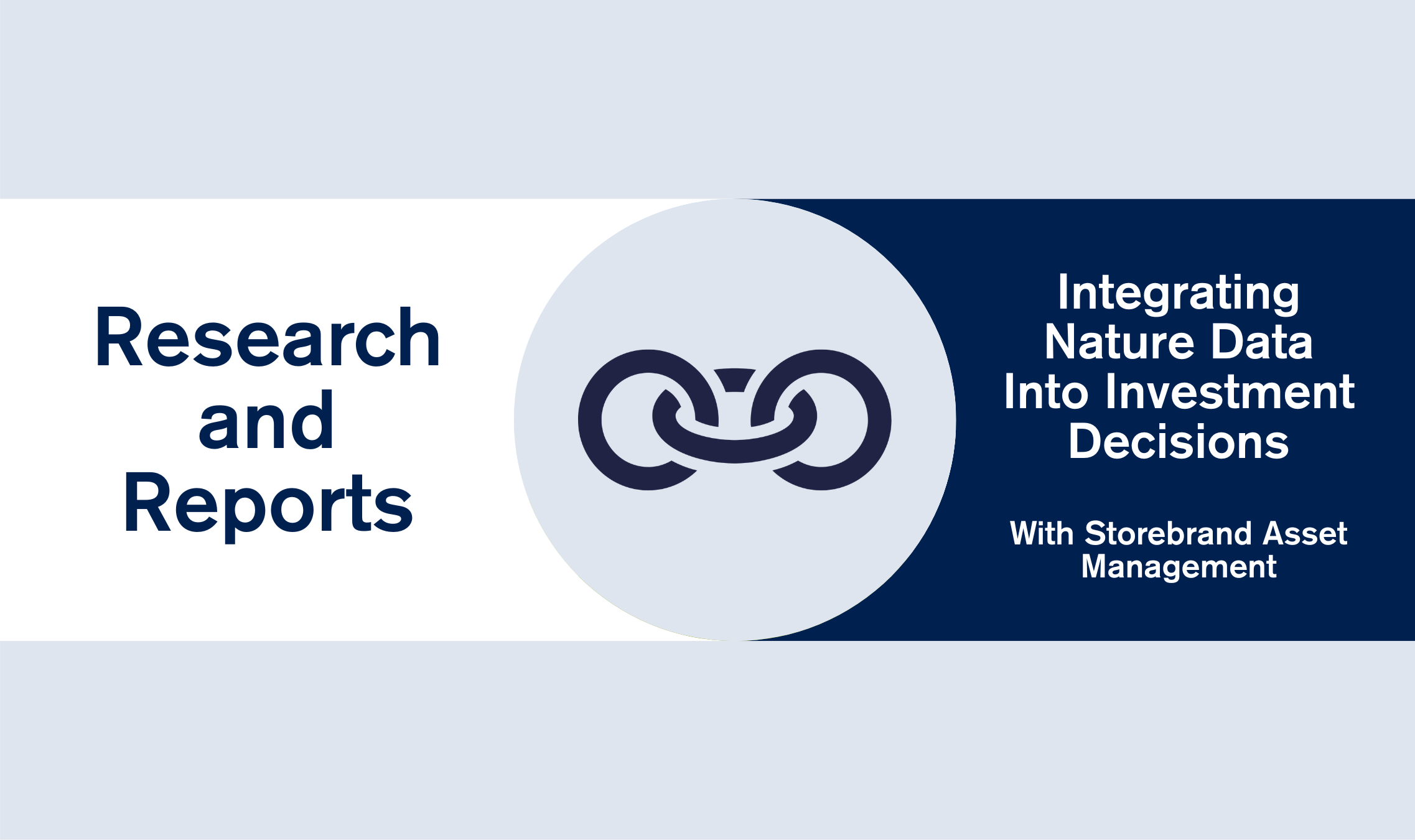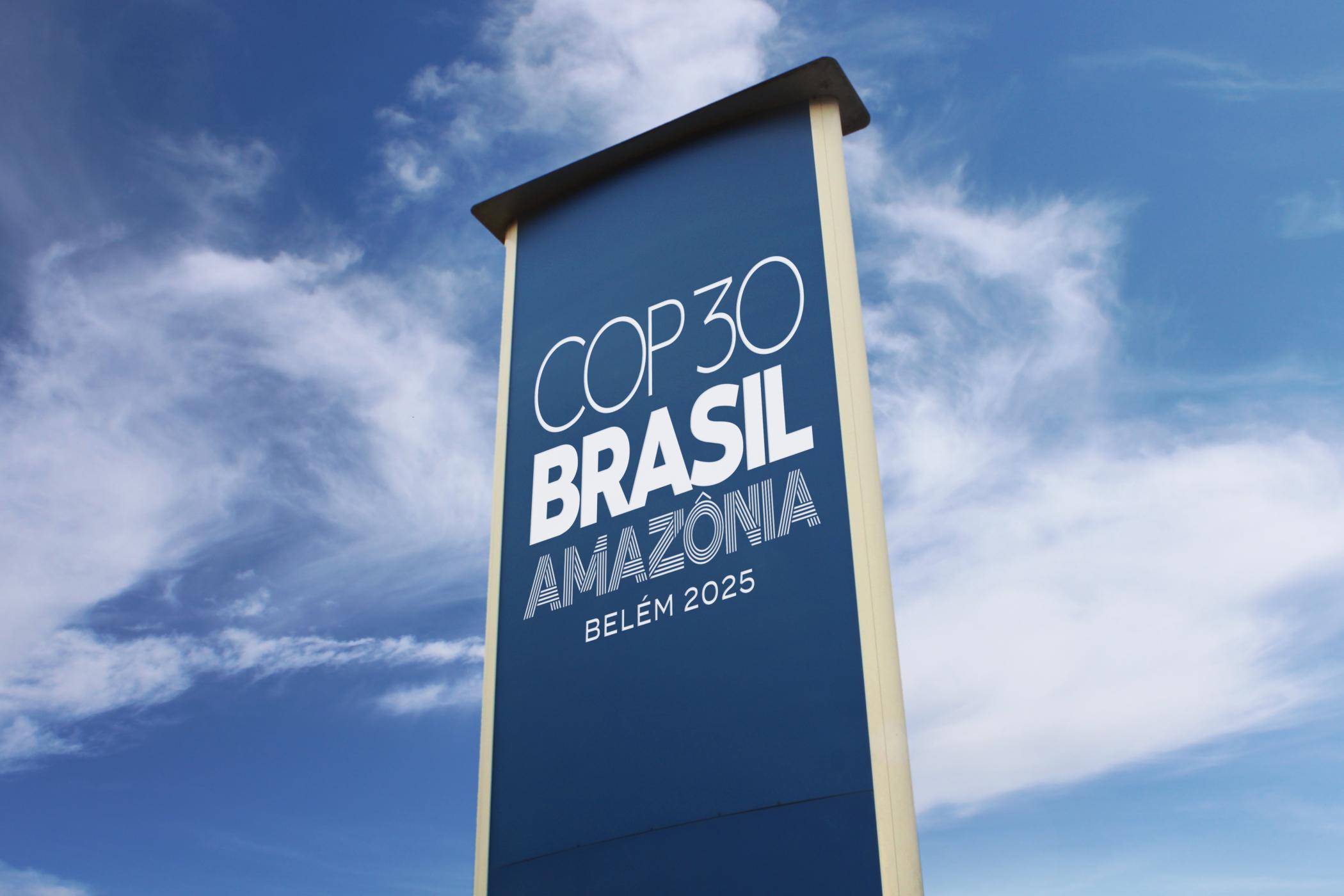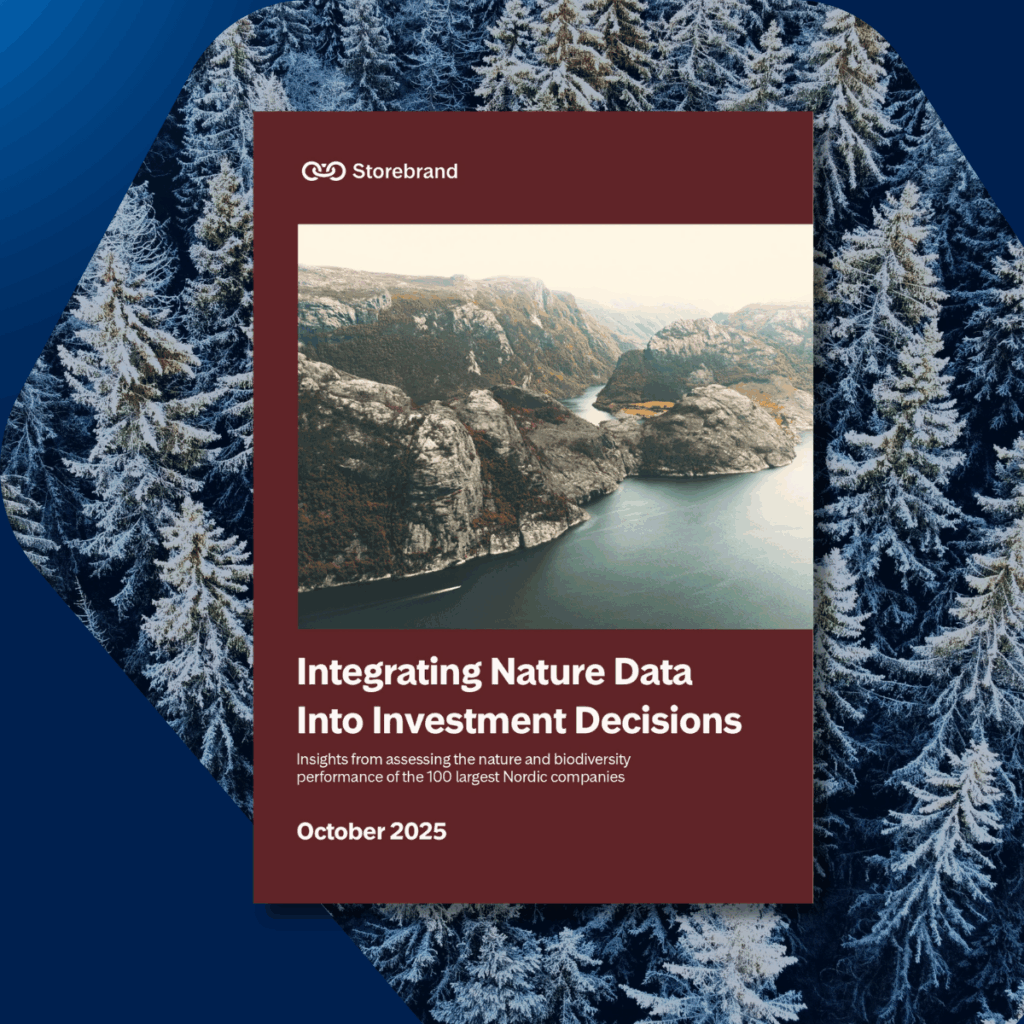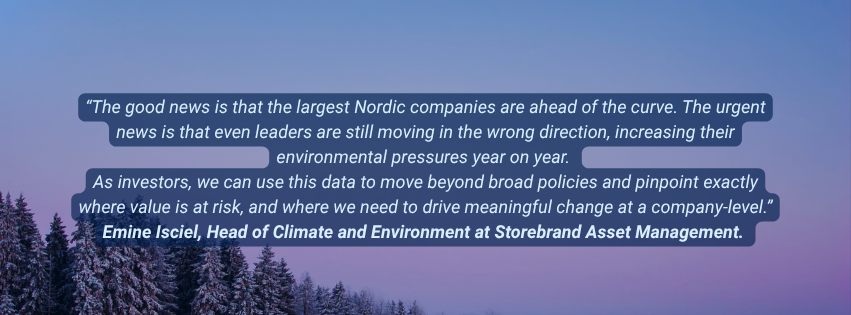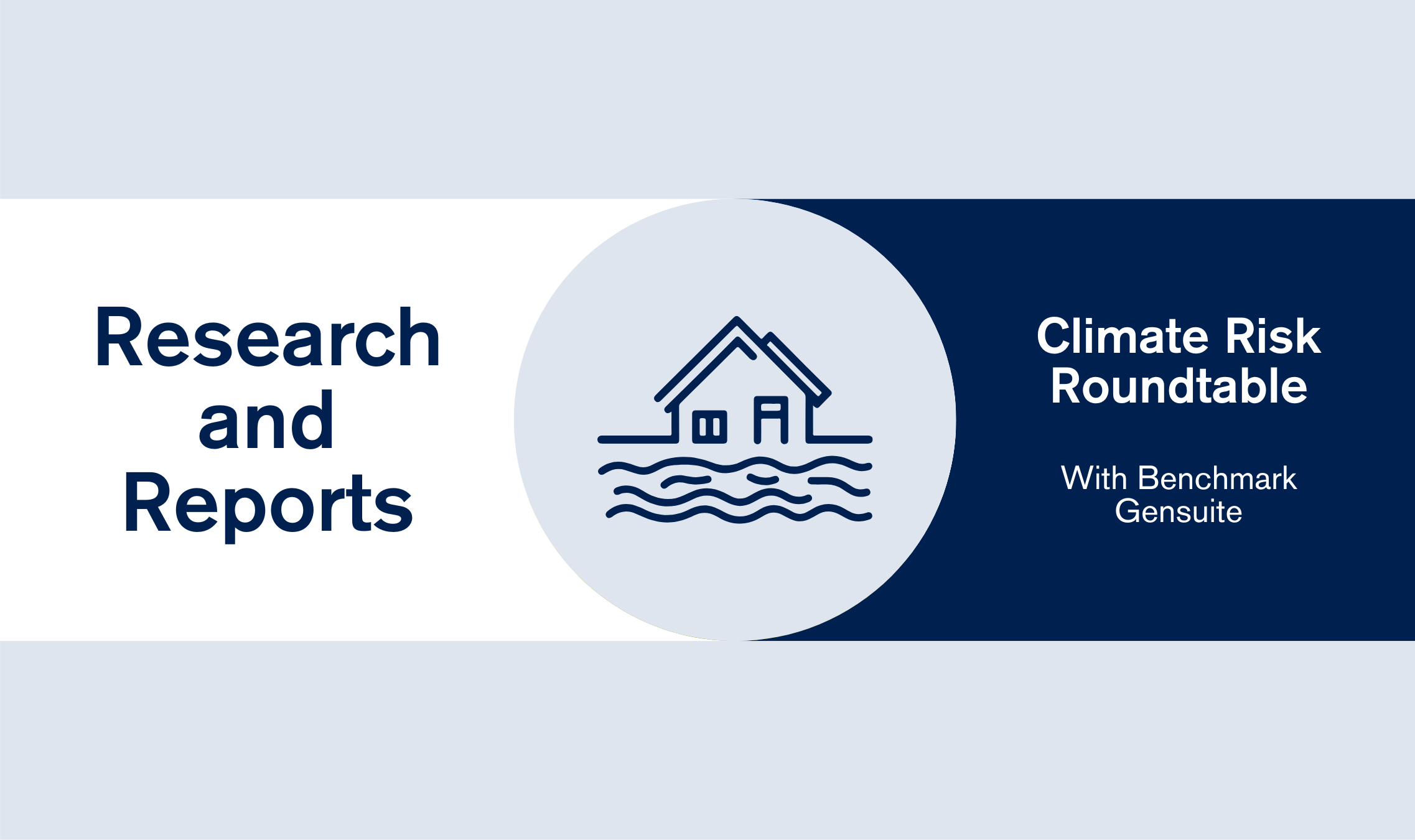New analysis confirms Nordic companies outperform global peers on nature-related impacts, but growing risks in key sectors demand targeted investor action.
23 October 2025 – A new report released today by Storebrand Asset Management, in partnership with GIST Impact, finds that the 100 largest Nordic companies are leading the way on environmental performance. Together, these companies have a 42% lower impact on nature compared to a global benchmark of major corporations (Nature Action 100).
However, the report, Integrating Nature Data Into Investment Decisions, also carries a warning: even these leaders are still increasing their pressure on nature. Since 2017, their negative impacts on nature have grown by around 1% each year, with most of that impact concentrated in a few high-impact industries. This growing pressure on nature exposes investors and Nordic companies to mounting risks and could undermine global nature goals if left unaddressed.
Storebrand Asset Management partnered with GIST Impact on this analysis to demonstrate how nature-related portfolio assessments can inform investment strategies, sharpen stewardship approaches and support alignment with global biodiversity goals.
When nature is lost, ecosystems are degraded, supply chains are disrupted, productivity falls, and asset values erode. Nature underpins reliable access to water, energy and raw materials, which are essential for everything from food production to manufacturing. As competition for resources grows, countries and companies that safeguard natural assets will be better prepared for future shocks and disruptions.
Driving Accountability through Data
Historically, integrating nature-related considerations into investment and lending decisions has been challenging, largely due to limited data, tools and guidance. This analysis shows the main challenge is no longer data availability, and with appropriate interpretation and application, the data can reveal valuable insights.
By mapping company operations against location-specific data, including water stress, forest loss, biodiversity intactness, protected areas, and Indigenous lands, Storebrand and GIST Impact were able to identify high-risk sectors and locations that translate directly into financial and operational exposure.
Key Findings: Sector Hotspots and Rising Nature Risks
The analysis shows that most of the biodiversity footprint in the Nordics 100 portfolio is concentrated in a handful of high-impact sectors, particularly manufacturing, food production, automotive, textiles, and freight transport.
These industries also rely heavily on water for operations, making them vulnerable to water stress and growing regulatory pressures.
Additional insights on the Nordics 100 portfolio include:
- Manufacturing alone accounts for over 70% of the portfolio’s biodiversity footprint, despite representing just over half of its value.
- More than half of the portfolio’s manufacturing assets are located in drought-prone or water-stressed areas, creating significant exposure to operational and financial risks.
- Nearly one in five manufacturing investments are located near protected areas, as defined by the World Database on Protected Areas.
- High-impact business activities, such as railway construction, petroleum manufacturing, freight air transport and water transportation services are also exposed to strictly protected areas and Indigenous lands.
The location-specific data illustrates how these risks manifest in practice:
- Water stress: This exposure is particularly pronounced in the manufacturing sector, where more than half of sites in the Nordics 100 portfolio are already in drought-affected regions, leaving production in these regions more vulnerable to disruption and rising costs if water becomes even scarcer.
- Forest loss: Several forestry-linked operations are located close to areas where forests are actively being cleared, putting these companies at the centre of growing scrutiny over deforestation and land use.
- Indigenous lands: Freight air and water transport activities in the portfolio overlap with nearly 200 Indigenous communities. This proximity to Indigenous lands increases the likelihood of community concerns and scrutiny and underscores the need for companies to act responsibly in sensitive areas.
Methodology
The Nordics 100 represents a portfolio of the top 100 companies headquartered across Norway, Sweden, Denmark, Finland and Iceland, selected based on market capitalization and exposure to TNFD high-priority sectors.
These companies were benchmarked against the Nature Action 100 (NA100), a globally recognized, investor-led initiative comprising 100 of the largest, most nature-relevant companies worldwide. The comparison allowed for a like-for-like assessment of environmental performance, dependencies and risks.
Read the Report in full to find out more information on the methodology, and unpack its findings in more detail.

